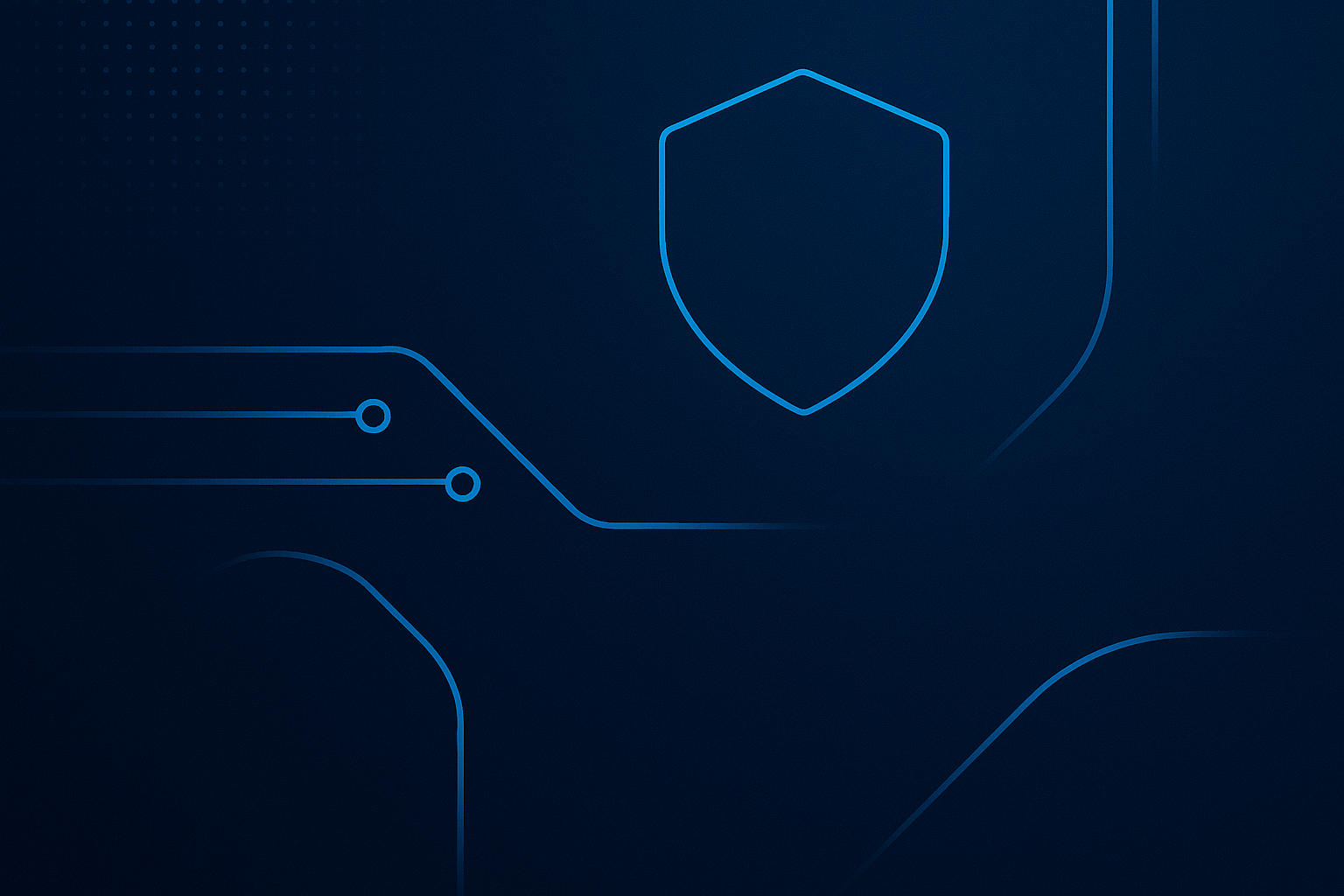A Practical Guide for 2025
Choosing the right honeypot goes beyond technical specs—it’s about finding a solution that delivers realistic deception, strong integration, compliance with regulations, and operational simplicity. The seven key criteria to evaluate are: realism, containment, telemetry, integration, adaptability, compliance & data sovereignty, and ease of use. In Europe, compliance and data sovereignty are especially critical under GDPR and NIS2. SecurityHive, based in the Netherlands, is uniquely positioned to deliver honeypots that meet these requirements while offering innovation, customer intimacy, and EU-hosted assurance.
Why Honeypots Are on Every CISO’s Radar
Honeypots have moved from niche research projects to must-have tools for proactive cybersecurity. By luring attackers into a decoy system, they provide early detection, deep threat intelligence, and even a way to distract adversaries.
But not all honeypots are created equal. Some are too simplistic to fool attackers, while others are complex but operationally heavy. And in 2025, compliance and sovereignty concerns add another layer of complexity.
So how do you evaluate the right honeypot for your organization? Let’s break it down into seven key criteria.
1. Realism
A honeypot is only effective if it looks convincing. That means realistic services, operating systems, version banners, and even decoy data such as fake credentials or files. Attackers should not be able to tell they’re in a trap.
Tip: Look for platforms that evolve their deception over time, making it harder for attackers to fingerprint.
2. Containment & Safety
Your honeypot should never become a liability. Strong isolation, segmentation, and outbound traffic controls are essential. A compromised honeypot must not provide a bridge into your production environment.
Tip: Verify that the vendor’s architecture is sandboxed by design.
3. Telemetry & Visibility
The true value of a honeypot lies in what it records. Every interaction—IP, payload, command, and sequence—should be captured. This provides threat intelligence you can’t get from traditional security tools.
Tip: Choose a solution that delivers not just raw logs but actionable insights.
4. Integration with SOC & SIEM
A honeypot that operates in isolation adds little value. The best platforms integrate seamlessly with SOC workflows, SIEM systems, and SOAR playbooks, ensuring that honeypot data enhances detection and response across the enterprise.
Tip: Check if the solution supports common integrations (Splunk, Microsoft Sentinel, Elastic, etc.).
5. Adaptability
Attackers are constantly evolving—and they’re getting better at spotting decoys. Static honeypots quickly lose their edge. Modern solutions adapt by rotating services, refreshing decoy data, and leveraging AI-driven deception to generate realistic, dynamic responses.
Tip: Look for vendors actively innovating in adaptive deception.
6. Compliance & Data Sovereignty
For EU organizations, this is a make-or-break criterion. Honeypots collect sensitive data such as attacker IPs, payloads, and possibly personal data. Under GDPR and NIS2, this data must remain under EU jurisdiction.
Hosting logs in the U.S. or other non-EU regions can create compliance headaches and even regulatory exposure.
Tip: Prioritize honeypots that are EU-hosted by default, ensuring sovereignty and trust with auditors.
7. Ease of Use & Maintenance
Security teams are already stretched thin. A honeypot that requires constant tweaking won’t be used effectively. Look for solutions that offer fast deployment, automated updates, and minimal overhead.
Tip: The best honeypots provide value from day one without adding to your team’s workload.
Why SecurityHive Stands Out
At SecurityHive, we’ve designed our honeypot solution around these seven criteria:
- Realistic deception that fools attackers with evolving services and decoys.
- Built-in containment, ensuring safety even if compromised.
- Rich telemetry, giving you attacker TTPs and actionable intelligence.
- Seamless integration with your SOC, SIEM, and SOAR stack.
- Adaptive deception, leveraging automation to stay convincing.
- EU-hosted by design, guaranteeing GDPR and NIS2 compliance and data sovereignty.
- Low maintenance, so your team can focus on what matters most.
Our commitment to innovation, quality, and customer intimacy has made SecurityHive a trusted partner for municipalities, manufacturers, financial institutions, and public sector organizations across Europe.
Conclusion &
Evaluating a honeypot isn’t just about features—it’s about choosing a platform that balances realism, compliance, and usability. In 2025, that means asking the hard questions about data sovereignty and ensuring your solution is future-proof.
Discover how SecurityHive’s EU-hosted honeypots can strengthen your defenses while keeping you compliant. Contact our team today for a personalized demo.






